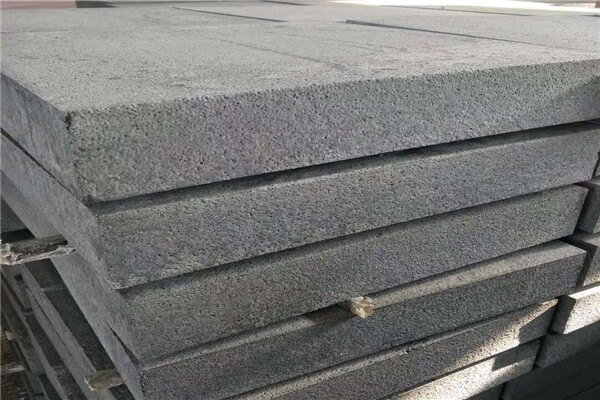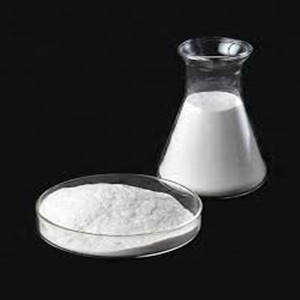Professional solutions on concrete addtives, Concrete Foaming Agent, Superplasticizer, CLC Blocks Additives, and foaming machine
(What Polycarboxylate superplasticizer monomer)
What Polycarboxylate superplasticizer monomer
Polycarboxylate superplasticizers (PCE) provide concrete with high fluidity, strength, and excellent durability at low content, which efficiently promotes the development of the construction industry. The structure of PCEs, such as functional groups, monomer sequence, molecular weight property, length of the main chain, and density of the side chain, directly affect the fluidity of cement paste. The long main chain length of PCE provides a polymer with enough adsorption groups onto the cement particles. In contrast, the high density of the side chain provides a strong hindrance steric between the surface of cement particles. The optimal PCE requires the content and arrangement equilibrium of anchor and steric hindrance groups, which are exhibited as a monomer sequence along the backbone. PCE polymers with high feeding ratios of unsaturated carboxylic acid and macromonomer own higher ratio of AAA and AAE monomer sequences (A represented acrylic acid, E represented isoprenyloxy polyethylene glycol ether) in PCE polymers. The influence of molecular structures of PCE on the fluidity and hydration process of cement paste has always been the research hotspot. The high content of unsaturated carboxylic acid may lead to the hydration delay of cement paste. On the other side, it provides high charge density and adsorption driving force for PCE polymers. Meanwhile, high side chain density should be guaranteed to supply PCE polymers with strong steric hindrance. The kinetic chain length ν presented in Formula (1) is a decisive factor of molecular weight for polymers in aqueous free radical polymerization, and it is directly proportional to the monomer concentration [M] but inversely proportional to the square root of initiator concentration [I]. The kinetic chain length ν would vary with the monomer concentration [M] exclusively under the fixed initiator concentration and reaction temperature. Here, kd, kp, and kt are designated as chain initiation rate constant, chain propagation rate constant, and chain termination rate constant, respectively.
What are the properties of polycarboxylate superplasticizer?
Polycarboxylate superplasticizer is a kind of surfactant containing carboxyl grafted copolymer in molecules, and its unique molecular structure gives it many unique advantages, such as low dosage, high water reduction rate, significant early strength growth, satisfactory keeping slump. The isoprenyloxy polyethylene glycol ether containing 52 ethylene oxide (EO) units with a molecular weight of around 2400 g/mol (52IPEG) was provided by Oxiranchem, Liaoning, China. IPEG containing a long chain was adopted in this study because the short type was too sensitive to the mole ratios of unsaturated carboxylic acid to IPEG macromonomers. Acrylic acid (AA), ammonium persulfate (APS), and 3-mercaptopropionic acid (3-MPA) were all purchased from Sigma-Aldrich Chemie GmbH, Milwaukee, Germany. They have excellent water-reducing properties, high efficiency, and low dosage requirements. High-range water reducers, better known as superplasticizers (SPs), are Polycarboxylate superplasticizer monomers used in construction industries as dispersants for aqueous mineral suspensions in order to alter the properties of fresh and hardened materials. The liquid is composed of an aqueous solution of polyacrylic acid or a copolymer of acrylic acid and other unsaturated carboxylic acids. Fluoride release by the cement is a small fraction (15–20%) of that released from materials such as silicophosphate and glass ionomer cement (GICs) (Anusavice, 1991). If you are looking for something with more power behind it, try a premium superplasticizer, such as Supercizer 2 or Supercizer 7. These products provide high early strengths and up to a 40% water reduction.
What is the main disadvantage of using polycarboxylate cement?
These cements are useful for metal and porcelain-fused-to-metal crowns and bridges but have a lower compressive strength than zinc phosphate. The negatives of this material include high solubility and low hardness. The film thickness can be problematic, particularly if the mixing is not ideal. Acrylic acid, methacrylic acid, maleic acid, fumaric acid, itaconic acid, aconitic acid, acetic acid, etc. The most active and most commonly used chemical is acrylic. Initiators commonly used are hydrogen peroxide, ammonium persulfate, and white powder. Superplasticizer can reduce the water content as the water/cement ratio remain the same and can increase workability at the same water/cement ratio, reduce cement, and provide early strength. UltraTemp temporary polycarboxylate cement is perfect for cementing temporary crowns, bridges, inlays, onlays, and small temporary fillings. The hydrophilic, polycarboxylate chemistry ensures low irritation to pulp and a quality seal. It is water soluble until set for easy cleanup. Superplasticizers are powerful water reducers that enable an increase in the ultimate stress of concrete by decreasing the w/c ratio, a decrease in the cement content while maintaining the same range of strength or workability, an increase in concrete compacity, and other effects.
Price of Polycarboxylate superplasticizer monomer
Polycarboxylate superplasticizer monomer particle size and purity will affect the product's Price, and the purchase volume can also affect the cost of Polycarboxylate superplasticizer monomer. A large amount of large amount will be lower. The Price of Polycarboxylate superplasticizer monomer is on our company's official website.
Polycarboxylate superplasticizer monomer supplier
If you are looking for high-quality Polycarboxylate superplasticizer monomer, please feel free to contact us and send an inquiry. (sales@cabr-concrete.com). We accept payment via Credit Card, T/T, West Union, and Paypal. TRUNNANO will ship the goods to customers overseas through FedEx, DHL, by air, or by sea.
(What Polycarboxylate superplasticizer monomer)









